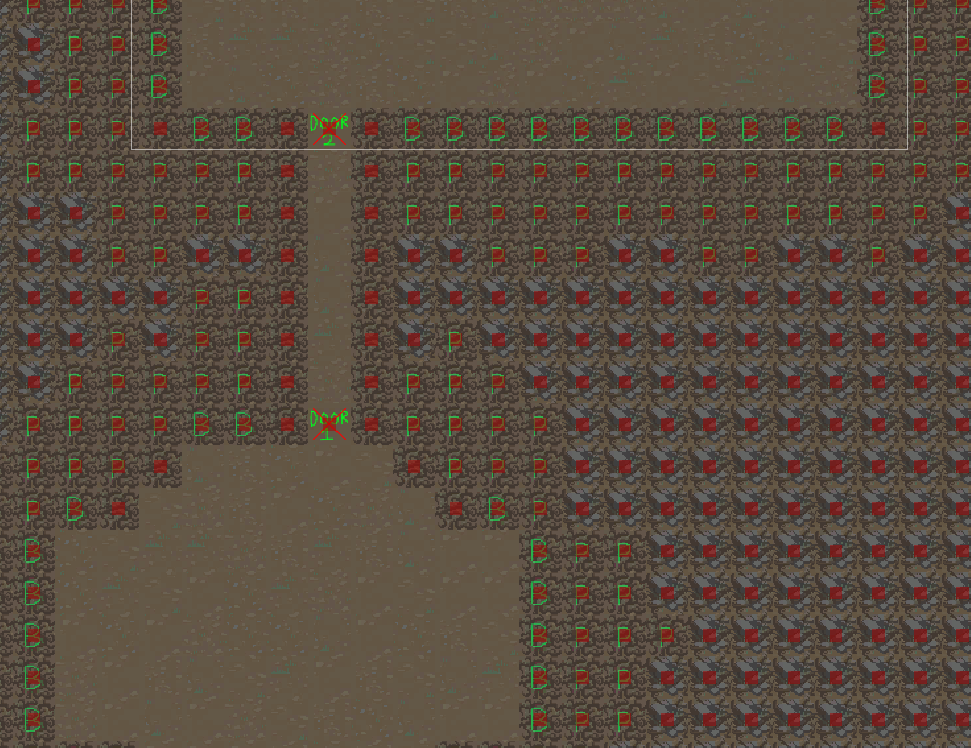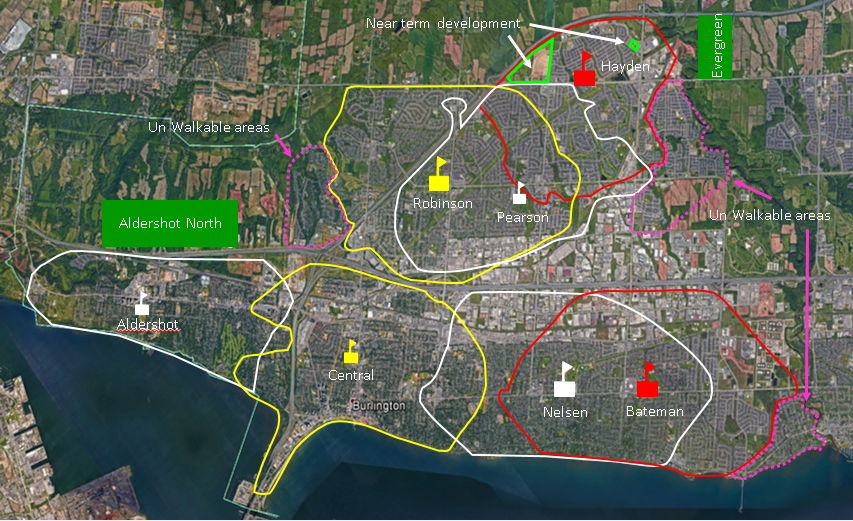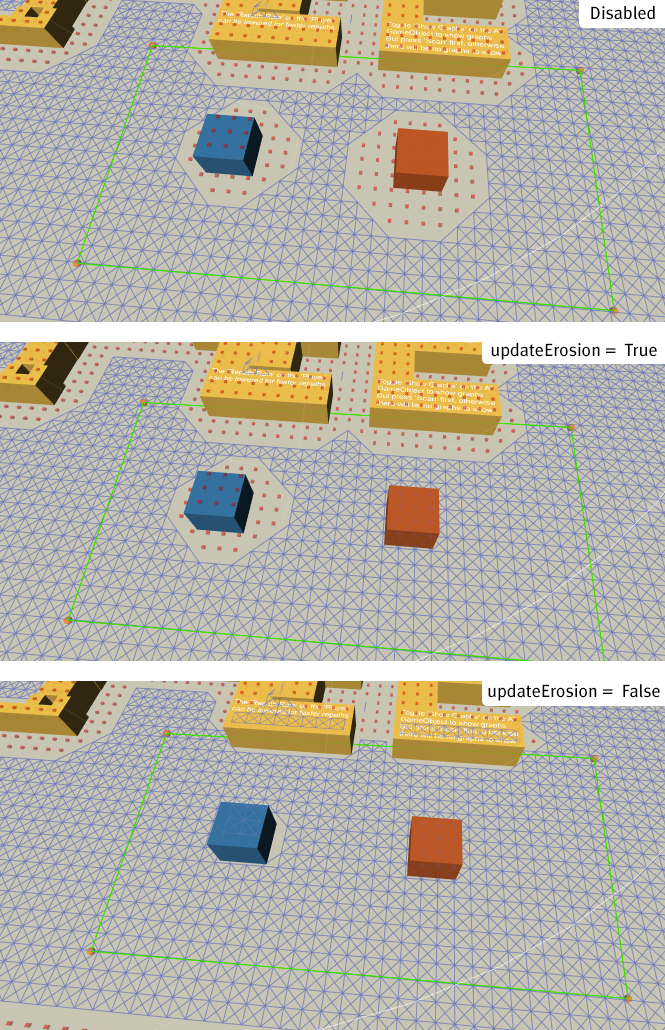

Select scene geometry that should affect the navigation – walkable surfaces and obstacles.Check Navigation Static on to include selected objects in the NavMesh baking process.Adjust the bake settings to match your agent size.Agent Radius defines how close the agent center can get to a wall or a ledge.Agent Height defines how low the spaces are that the agent can reach.Max Slope defines how steep the ramps are that the agent walk up.Step Height defines how high obstructions are that the agent can step on.The resulting NavMesh will be shown in the scene as a blue overlay on the underlying level geometry whenever the Navigation Window is open and visible.Īs you may have noticed in the above pictures, the walkable area in the generated NavMesh appears shrunk. The NavMesh represents the area where the center of the agent can move. Conceptually, it doesn’t matter whether you regard the agent as a point on a shrunken NavMesh or a circle on a full-size NavMesh since the two are equivalent. However, the point interpretation allows for better runtime efficiency and also allows the designer to see immediately whether an agent can squeeze through gaps without worrying about its radius.Īnother thing to keep in mind is that the NavMesh is an approximation of the walkable surface. This can be seen for example in the stairs which are represented as a flat surface, while the source surface has steps.

This is done in order to keep the NavMesh data size small. The side effect of the approximation is that sometimes you will need to have a little extra space in your level geometry to allows the agent to pass through a tight spot. When baking is complete, you will find a NavMesh asset file inside a folder with the same name as the scene the NavMesh belongs to. Additional Workflows for Marking Objects for Baking For example, if you have a scene called First Level in the Assets folder, the NavMesh will be at Assets > First Level > NavMesh.asset. In addition to marking objects as Navigation Static in the Navigation Window‚ as explained above, you can use the Static menu at the top of the inspector A Unity window that displays information about the currently selected GameObject, asset or project settings, allowing you to inspect and edit the values.
UNWALKABLE NODES HOW TO
#Unity navmesh unwalkable fullīake Settings – full description of the NavMesh bake settings.Creating a NavMeshAgent – learn how to allow your characters to move.This can be convenient if you don’t happen to have the Navigation Window open.


#Unity navmesh unwalkable how toĪreas and Costs – learn how to use different Area types.Navmesh cutting is used for fast recast graph updates. Navmesh cutting is used to cut holes into an existing navmesh generated by a recast graph. Recast graphs usually only allow either just changing parameters on existing nodes (e.g make a whole triangle unwalkable) which is not very flexible or recalculate a whole tile which is pretty slow. With navmesh cutting you can remove (cut) parts of the navmesh that is blocked by obstacles such as a new building in an RTS game however you cannot add anything new to the navmesh or change the positions of the nodes. The NavmeshCut component uses a 2D shape to cut the navmesh with. A rectangle and circle shape is built in, but you can also specify a custom mesh to use.


 0 kommentar(er)
0 kommentar(er)
